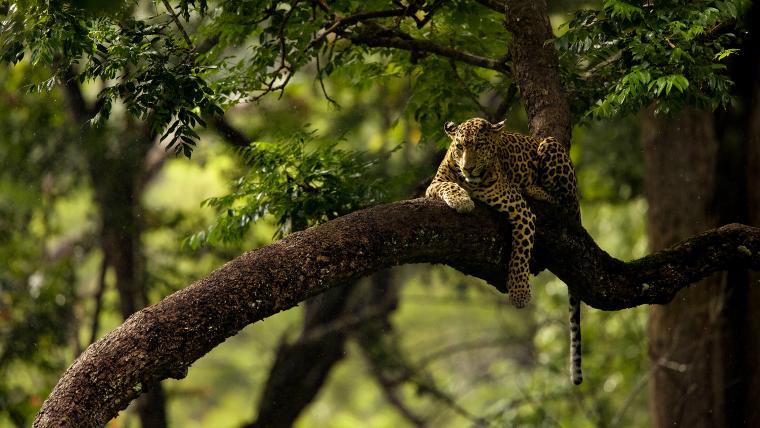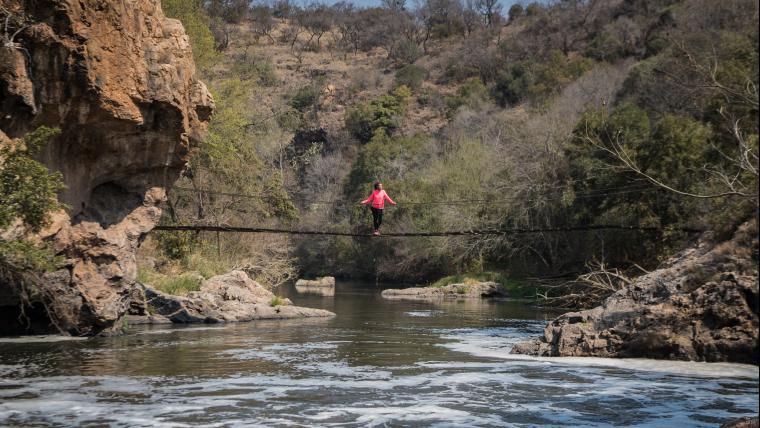
For the first time, you can go on an Indian safari from your couch
Suyash Keshari’s deep appreciation for animals began when he was just four years old. While he grew up surrounded by lush forests in Madhya Pradesh, his first encounters with wildlife took place at a zoo. Like most kids his age, he was thrilled to see a tiger. But that day Keshari learnt an important lesson from his grandfather – wild and captive animals were not the same. This experience changed the trajectory of Keshari’s life. Today, he runs India's first wildlife streaming service, ensuring people can understand the true nature of the animals in need of protection.
Despite Keshari’s lifelong love of nature, becoming a filmmaker and wildlife presenter was not his career plan. He was previously building a name for himself in American politics, but the void he felt compelled him to pursue his passion. Now, Keshari is on a mission to make Indian wildlife accessible to everyone from the comfort of their own homes. "It's not easy to take a safari,” he says. “It might be very expensive, people might not have time or someone is unwell." But when people aren’t exposed to wildlife in its natural state, it can lead to a lack of environmental awareness. "It is vital that people understand that an animal in captivity is there against its will, versus an animal that is in the wild, born there and exhibiting natural behaviours that it must and has been for millennia," Keshari says. His web series Safari with Suyash showcases the biodiversity of Bandhavgarh, where wild tigers roam and sloth bears hibernate. Through his videos, people can learn about the challenges these animals face due to a growing human population and the importance of advocating for them.
To further preserve the animals featured in his series, Keshari launched an apparel line with all proceeds going to building waterholes in the dry areas of Bandhavgarh. As he continues his grandfather's teachings, Keshari is providing people around the world with a deeper knowledge of wildlife in order to contribute to its conservation. "I believe that what we can see we can love, and what we can love we will fight to protect," Keshari says.
Footage by Suyash Keshari was used in the creation of this film.






























Please sign in to leave a comment